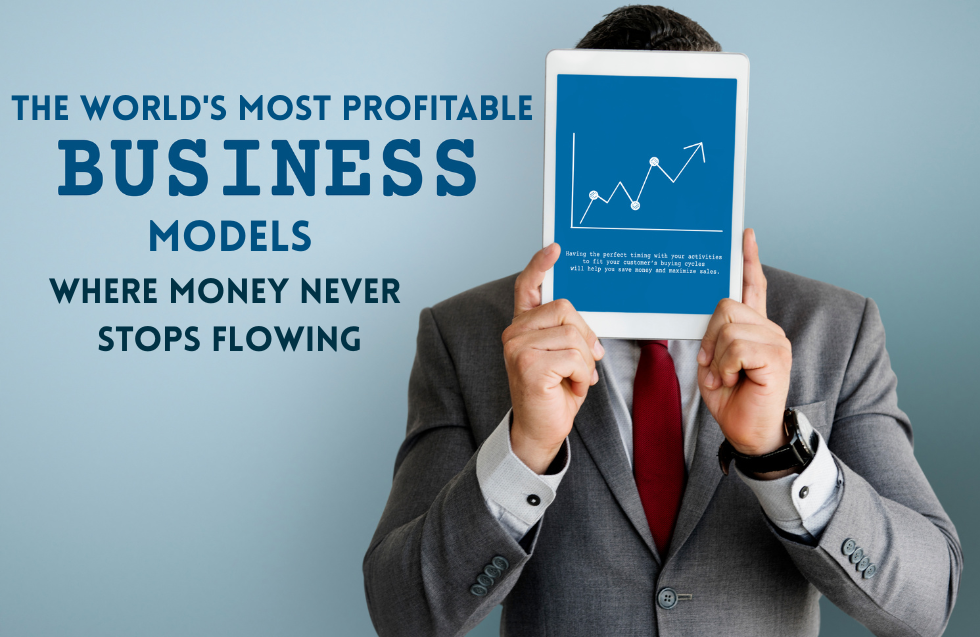Think about empowering individuals to sleep better while establishing a fulfilling business that can be worked from anywhere. That’s the potential of starting a sleep coaching platform. As more and more of us are dealing with platform disturbances due to stress, digital fatigue, and one’s habits impacting our health, the demand for credible sleep solutions is growing rapidly.
Whether you are already a trained and certified sleep coach who competently attracts and retains clients, or just getting started after an idea percolated in you, it can feel like a daunting endeavor when starting from scratch to build your platform. But with the correct steps and a clever plan, you can build something meaningful, scalable, and people-first. Here’s how.
1. Understand Your Market and Purpose
Begin by determining who you are creating this platform for. Are they new parents? Professional workaholics? Teenagers with insomnia? Whenever you identify your niche, it becomes easier to focus on messaging, design, and services.
You also need to define your core mission.
- Are you planning to offer 1:1 coaching, GPP, and on-demand training?.
- Will you be doing more behavior change related to therapy, sleep hygiene or lifestyle?
2. Identify the Key Features of Your Sleep Coaching Platform
Your platform must offer more than information-it must create an experience for users. At minimum, consider featuring:
- Personalized sleep plans: Customized schedules based on user requirements.
- Tracking progress: Allow users to record their routines, sleep timing, or changes.
- Video and audio content: Add guided relaxation, soothing music, or speaker lectures.
- Messaging/chat: Allow clients to message coaches directly.
- Appointment scheduling: Let users schedule easily.
- Resource hub: Post blog articles, toolkits, and downloadable PDFs.
Consider mobile access as well as many users like using coaching tools on their phones.
3. Select the appropriate technology
There are several ways to create your sleep coaching site:
- Website building tools like Wix, WordPress, or Squarespace are all great options for starting a platform, especially with scheduling and course plugins.
- All-in-one coaching platforms like Kajabi or Thinkific, are great for video courses and membership sites.
- As someone who is either technical or someone who had access to a developer, you could get an adapted self-hosted solution from web framework repositories to fit your exact needs.
As long as your solution is secure, mobile-friendly, and as simple as possible.
4. Develop Engaging, Science-Founded Content
Content is reliable. Your content is directly aimed at the biggest pain points that your audience faces for sleep trouble = trouble sleeping, waking in the night, stress, or tiredness (I could go on?!) In addition to sleep coaching, your content will have come in many forms: blog articles, blog videos, infographics, newsletters.
Use ordinary, empathetic language. Write on real, honest, and actionable advice, and steps that are easy. You do not need to be clinical just credible, kind, and trustworthy. Good sleep coaching platforms will humanize sleep science and help the reader feel like the solutions are actually achievable.
5. Build a Brand that Feels Calm & Clear
There are many things that matter: Your tone and your look. Your logo, colors, fonts, and messaging should follow the theme of calmness and reassurance to your users. Use soft colors (blue, gray, some purples). Always brief your messaging in a soft, warm, and conversational tone.
Just make sure you have a secure site, a mobile-responsive site (as most probably will be viewing it from a phone), and as easy to use as possible for your users. The user experience is a must.
Your brand name should be on-point, and conjure a memory, and be aligned to your purpose. Whatever the purpose of calmness, clarity, dreams, or restful sleep, let it hit home.
6. Make Your Platform Easy to Use
All that matters is the user experience. We’ve all experienced users ‘leave’ when they are intolerantly frustrated, confused, or just overwhelmed. Keep the platform.
- Fast-loading
- Visually intuitive
- Low in clicks to reach fundamental features
- Mobile-responsive
Add onboarding for new users. A brief welcome video or coached walk-through lets users feel supported immediately.
7. Monetization Plan
Your site or app can be free, paid, or something in between. Here are a few ideas:
- Freemium model: Free basic tools, charged advanced features.
- Subscription plans: Provide monthly access to coaching, resources, and courses.
- One-time coaching packages: Allow users to book sessions with varying levels of depth.
- Digital products: Offer podcasts, downloadable audio packs, eBooks, or downloadable sleep journals.
Be explicit about what is free and what is paid. People will pay for value, especially if they are already getting value from your free stuff.
8. Market Your Platform Authentically
If you are using sleep logs or any sort of individualized health data, be sure you are compliant with industry benchmarks for health data. Go live to engage with your audience. Blog about typical sleep challenges and how your site resolves them. And, as always, speak like a human! You can now offer support to people to feel better, think better, and live better – don’t just sell a service!
9. Test all recommendations and respect privacy
Sleep data can be vulnerable to sensitive situations. Make sure you work through your platform’s compliance with the local requirements on privacy. Have a published privacy policy, use encryption on the platform, and be open about how you are using user data. If you are using sleep logs or any sort of individualized health data, be sure you are compliant with industry benchmarks for health data.
10. Test, Improve, and Grow
No platform is flawless on day one. Get feedback from first users. Monitor which features they use, what content they enjoy, and where they get stuck. Upgrade often. Add new features. Streamline the user journey. The top sleep coaching platforms change with their users and always keep their needs in mind.
Final thoughts
Starting a sleep coaching platform from the ground up is not the same as needing to be perfect; it is the opportunity to be transparent and kind and iterative. Your users will be new parents, busy professionals, and overwhelmed teens, and your platform will be a refuge and retreat for their comfort and better sleep. So step forward.
Begin small. Be human. And recall: when others sleep better, they live better and you can be the cause of it.













